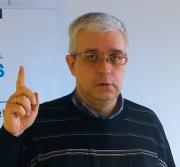
Ivan Frolkov
PostgresPro
11:00
07 February
45 min
Managing transaction workflows in Postgres Pro Enterprise
It is often required to asynchronously perform several transactions in a strictly defined sequence, not just a single transaction. There are several ways to achieve this, and one of the solutions available is the pgpro_scheduler module.